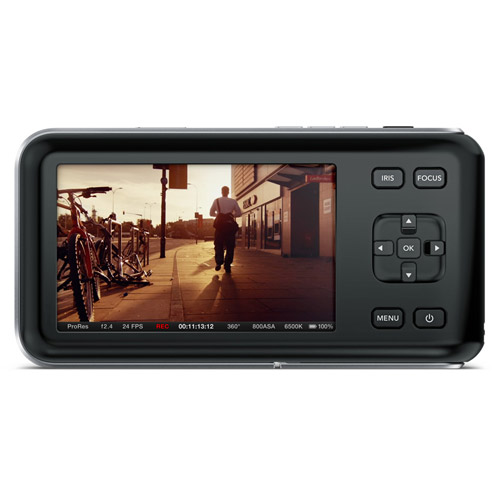
(A fourth option would be to connect an external recorder/monitor.) The third option is one you don’t get on mirrorless cameras, which is the option to record straight to an SSD via the cameras USB 3.1 port. One is a built-in UHS II card slot, which will be fine for the more modest codec and video settings, and there’s also a CFast card slot for higher bitrates – though CFast does seem to be a format on the wane. There are three storage options for recording video. There’s no continuous AF, so although the 6K G2 can focus for you ahead of recording, you’ll have to do your own manual pull-focusing after that – maybe set up a rig with a follow focus unit. Software: DaVinci Resolve Studio for Mac and Windows including activation key Key featuresĪnd if you’re coming to the camera from a mirrorless or DSLR model, you’re going to have to sacrifice a few home comforts. ProRes at 4096 x 2160, 3840 x 21 x 1080 with film, extended video or video dynamic range or custom 3D LUT Storage: 1 x CFast card slot, 1 x SD UHS‑II card slot, 1 x USB-C 3.1 Gen 1 expansion port for external media for Blackmagic RAW and ProRes Recordingįormats: Blackmagic RAW 3:1, 5:1, 8:1, 12:1, Q0, Q1, Q3 and Q5 at 6144 x 3456, 6144 x 2560, 5744 x 3024, 4096 x 2160, 3728 x 31 x 1512 with film, extended video, video dynamic range or custom 3D LUT embedded in metadata.

Screen: 5-inch tilting touchscreen, 1920 x 1080.


 0 kommentar(er)
0 kommentar(er)
